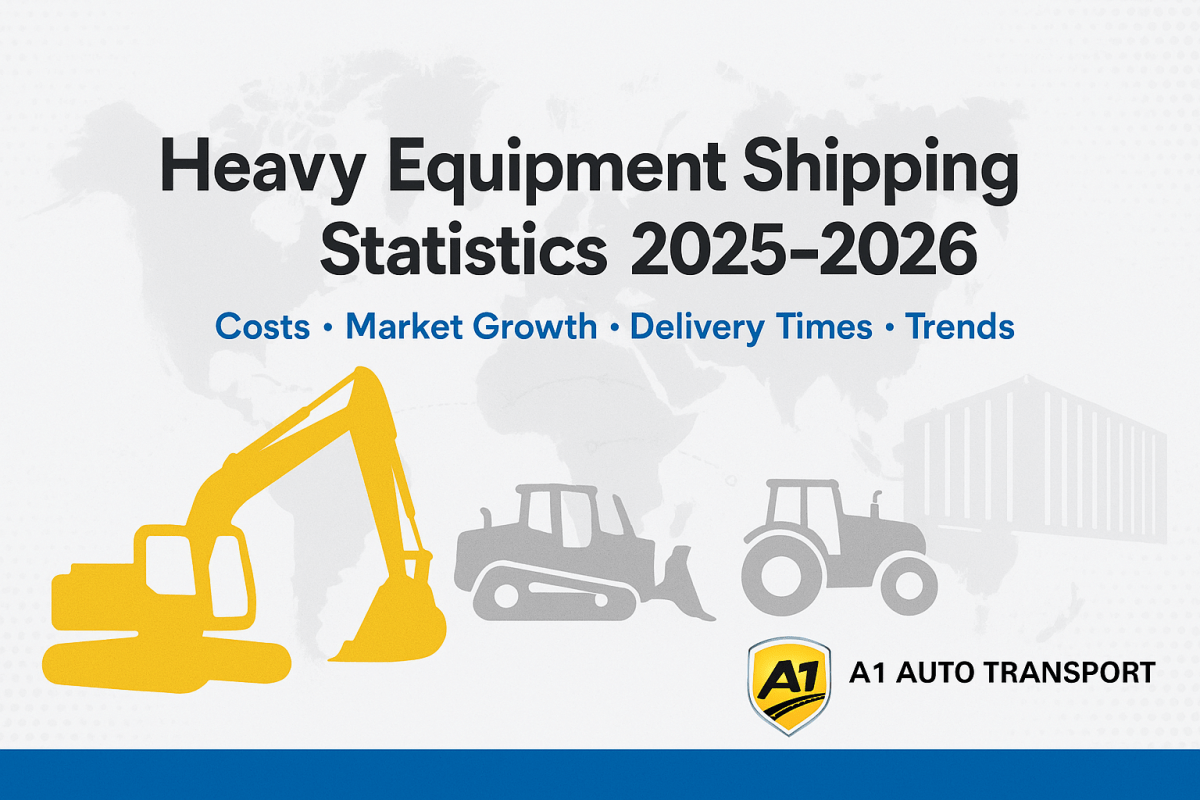
Heavy Equipment Shipping Statistics 2025–2026 (Costs, Trends & Industry Data)
Heavy equipment shipping is a specialized sector of logistics, responsible for moving oversized machinery for construction, mining, agriculture, and energy projects. With infrastructure spending risin...


















